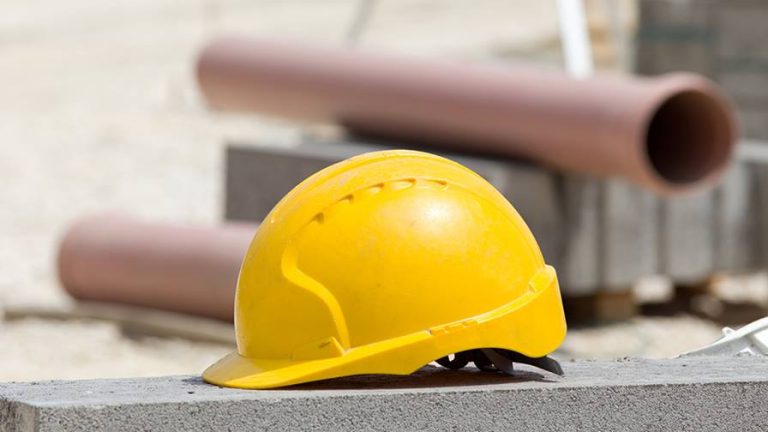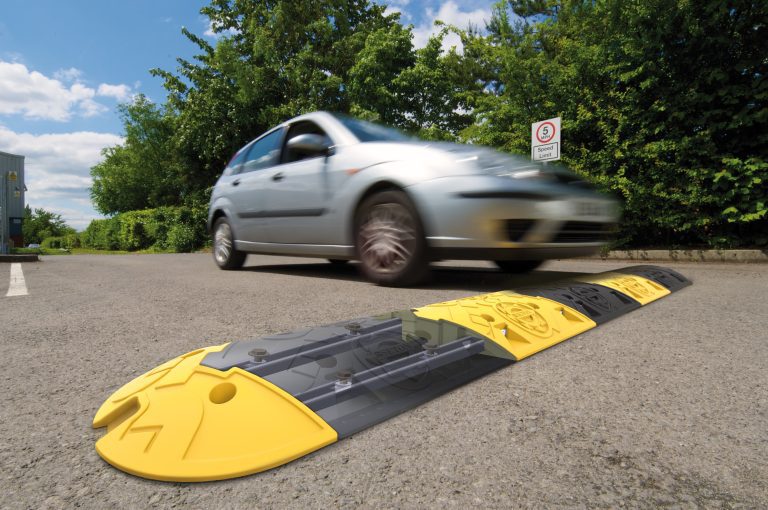For the first time, RoSPA has rewarded an organisation for its efforts in promoting safety outside of the workplace through its internationally-recognised awards scheme. Hindustan Coca Cola Beverage Pvt Ltd’s (HCCBPL) DASNA Plant in India has been announced as the first winner of the Safe@Work, Safe@Home Award, a new category in the RoSPA Health and Safety Awards. Sponsored by L’Oréal, the award places emphasis on good health and safety practice being taken beyond the threshold of the shop floor and out into the community. The Safe@Work, Safe@Home Award initiative reflects an increasing focus on “carry-over” programmes, which recognise that employees and their families and friends are affected by injury and ill health outside of the work environment. RoSPA chief executive Errol Taylor said: “A simple look at accident rates will tell you that our workplaces are the safest place you can be, while accidents at home and during leisure pursuits are rising at an alarming pace. “We feel that employers can and should have a large part to play in helping to protect not just their workforce, but the wider community, utilising sound health and safety practice developed over many years to share vital, preventative skills and knowledge. And not just for reasons of corporate social responsibility – an injury or ill health suffered by an employee, or a family member, in the home or during leisure time will lead to lost working hours and reduced productivity. “I congratulate HCCBPL DASNA Plant on being the first recipient of the Safe@Work, Safe@Home Award – it’s no mean feat, and the judges, including L’Oréal’s corporate health and safety director Malcolm Staves, were hugely impressed by their inspirational programme of work in the community. “I also want to thank L’Oréal for sponsoring and helping us to develop this award – their own carry-over health and safety programmes have been a huge inspiration to us here at RoSPA.” HCCBPL DASNA Plant was praised by RoSPA Award judges for its “Me We World” programme, which typifies the ethos of Safe@Work, Safe@Home, and its holistic approach to conversations about home accidents as part of the overall safety management programme, including “My Home, My Safety”. HCCBPL DASNA Plant has also won the Initiative of the Year in the Inspiration Awards category for its My Health Index programme, RoSPA Gold Award, and a Silver RoSPA Fleet Safety Award. The first RoSPA Awards gala dinner presentation ceremony took place in Birmingham last night (June 6). Other RoSPA Award ceremonies are taking place alongside Safety and Health Expo at London’s ExCeL on June 18, and in Glasgow on September 12. For more about the RoSPA Awards, see www.rospa.com/awards As part of its national accident prevention strategy, “Safe and active at all ages”, RoSPA is encouraging employers to develop carry-over programmes. See www.rospa.com/national-strategy for more info.












